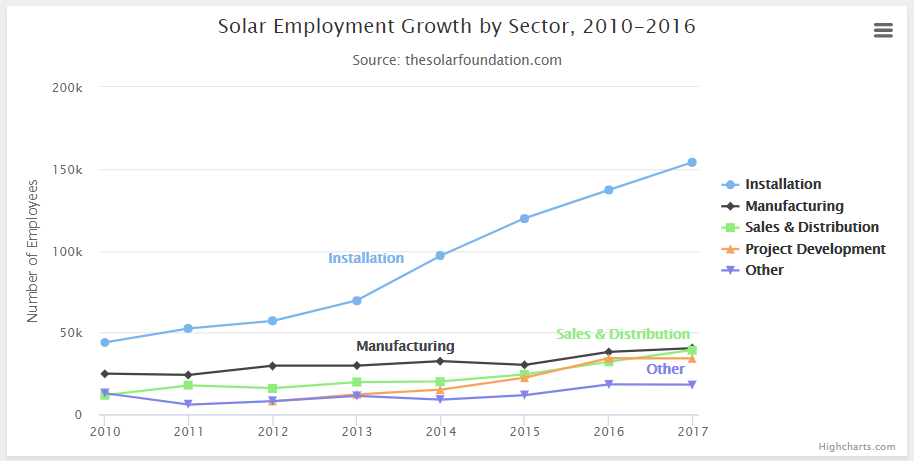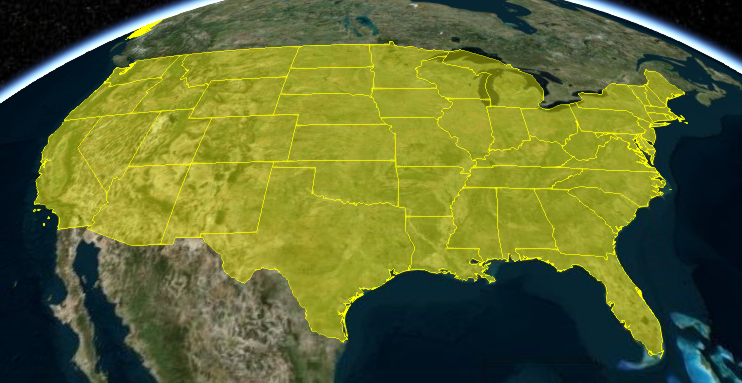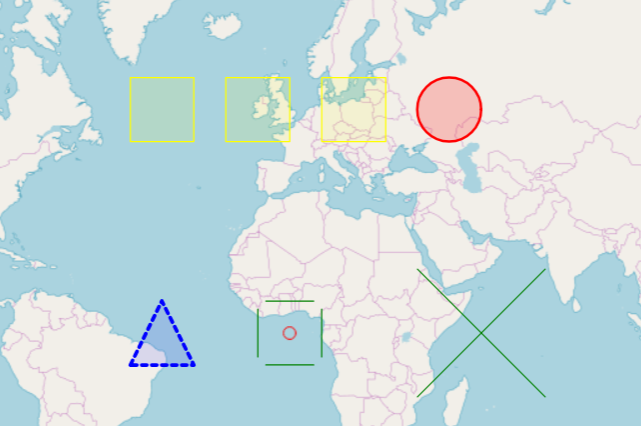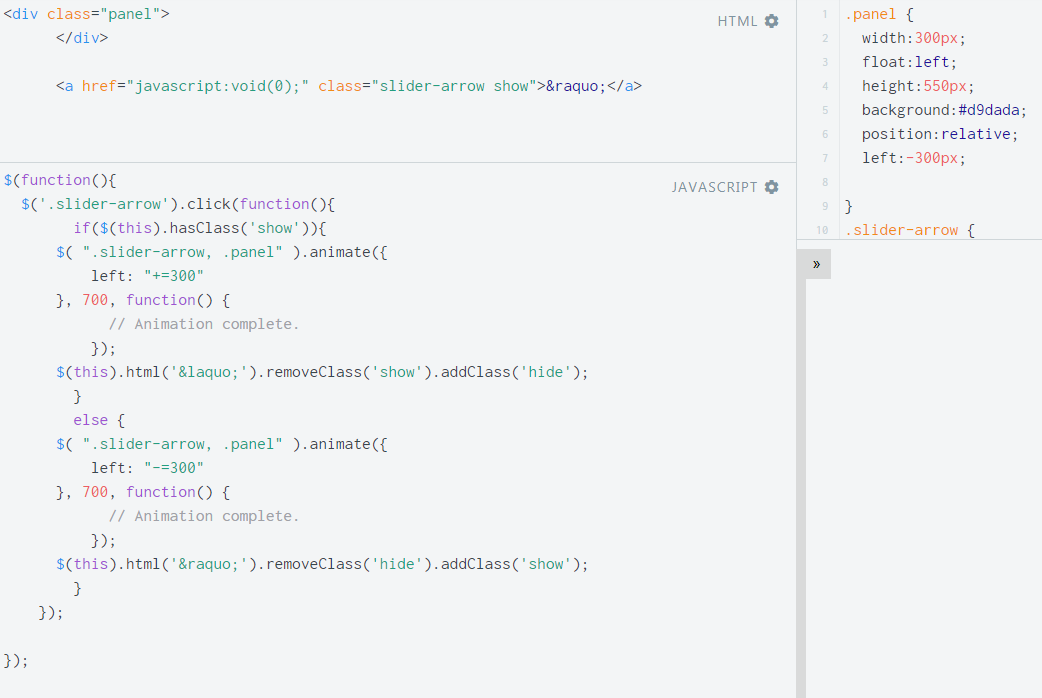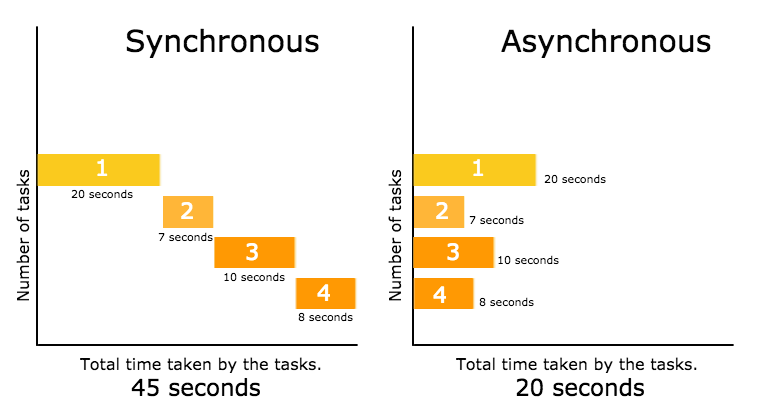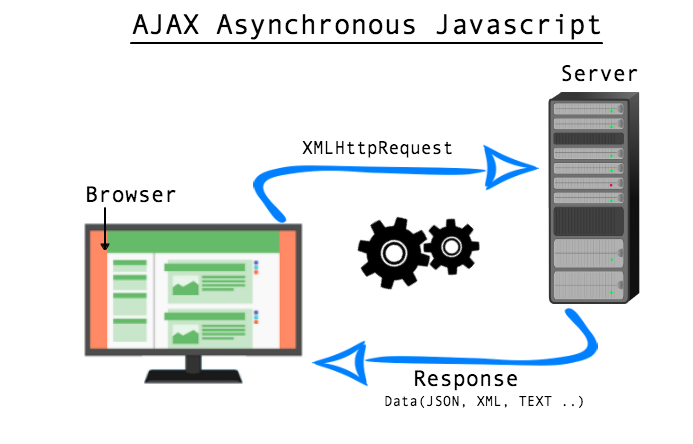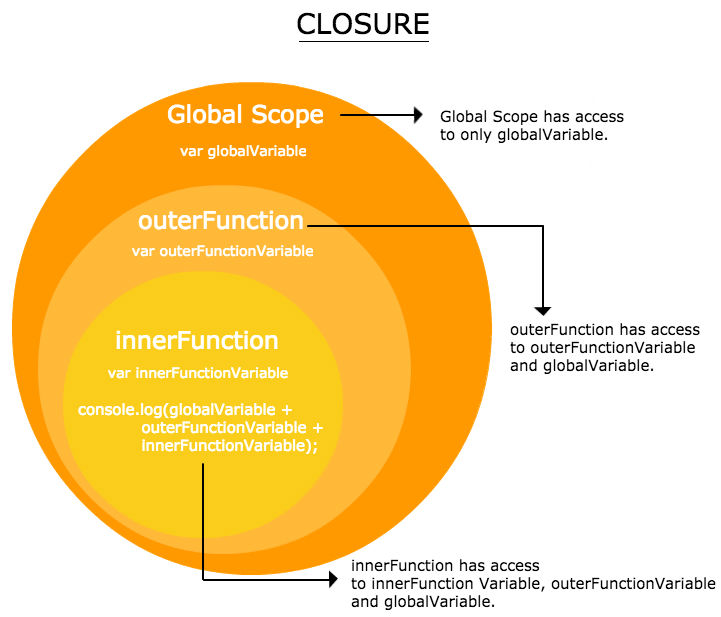This is reference of my collection from different sources.

Skill to learn –
Custom Slot Types
Writing Alexa Skills with Node.js
Deployment
Integrating Testing an Alexa Skill
Alexa Cards Interaction: displaying data on cards
Voice User Interface Design
Speech Synthesis Markup Language
Internet of Things Interaction
Account Linking
Skill Submission
Providing Updates
No preference
API to use for testing or for real – http://services.faa.gov/docs/services/
Useful links –
- Alexa Voice Service (AVS) with cURL
- Developing Alexa Skills Locally with Node.js: Setting Up Your Local Environment
- Help for the Alexa Skills Kit Developers
- Controlling the Honeywell WiFi Thermostat using Amazon Echo
- Building an Alexa Skill for IMDb ratings with alexa-app
- Amazon Echo Utterance Expander
- Stock Market Info
- Alexa Skills Kit Tutorial: The Guide To Build Your Alexa Skill
- Creating an Alexa Skills Kit App in Less Than Three Hours
- Alexa Skills Kit Glossary
- Plex-alexa-interacting-with-your-media-server-through-voice
- Getting started with Alexa App development for Amazon Echo using .NET on Windows
- Account Linking with OATH2, Alexa, and Nest
- Skills Kit now supports third party login/account linking!
- Salesforce Alexa Skills Kit
- Integrate Alexa with Salesforce
- A dozen helpful Amazon Echo how-to tips and tricks
- Simple wrapper for querying against HTTP API on the Plex Media Server
- http://alexa-designer.com/
- API Authentication Inside an Amazon Echo App
- Alexa Skills Tutorial: The Definitive Guide to Coding for the Amazon Echo
- Deploying AWS Lambda code from Amazon S3 buckets
- Verify HTTP requests sent to an Alexa skill are sent from Amazon
- Sending a Text Message
- Developing Alexa Skills Locally with Node.js: Deploying Your Skill to Staging
- A Module To Simplify Creation Of Alexa (Amazon Echo) Apps (Skills) Using Node.Js
- Online list of Echo Skills
- Developing Alexa Skills Locally with Node.js: Implementing Persistence in an Alexa Skill
- Catch up on the Big Nerd Ranch Series: Developing Alexa Skills Locally with Node.js
- Using Alexa Skills Kit and AWS IoT to Voice Control Connected Devices
- Interactive Adventure Game Tool
- Alexa Account Linking: 5 Steps to Seamlessly Link Your Alexa Skill with Login with Amazon
- New Alexa Skills Kit Template: Step-by-Step Guide to Build a Decision Tree Skill
- Getting Started with Amazon Dash Replenishment
- New Alexa Skills Kit (ASK) Feature: Audio Streaming in Alexa Skills
- Coding Smart Home Skill Adapter Directives Using Node.js
- New Alexa Skills Kit Template for Developers: GameHelper
- Tool for Building Interactive Adventure Games on Alexa
- New Alexa Skills Kit Template: Step-by-Step Guide to Build a Decision Tree Skill
- Understanding the Flash Briefing Skill API
- Developing Alexa Skills
- New Alexa Tutorial: Deploy Flask-Ask Skills to AWS Lambda with Zappa
Developers Resources For ASK & AVS Developers
Training / Tutorials
Amazon Echo Dev Portal
Amazon Alexa Dev Portal
Amazon Web Services Events & Webinars Portal – subscribe via RSS to be notified of new events in your area(s) of interest
Udemy – Introduction to Voice Design with Amazon’s Alexa
Big Nerd Ranch – Alexa Skills Kit – course(s) not yet released, but you can sign up to be notified when available on the linked page
w3schools JSON Tutorial
Anythings Alexa Skills Kit Tutorial
ToBuildSomething’s Amazon Alexa Skills Kit SDK: The Ultimate Guide
Ruuvu: Building An Alexa Skill For IMDB Ratings With Alexa-app
ASK / Alexa Dev Communities
Amazon Developer Forum – Alexa Skills Kit
Amazon Developer Forum – Alexa Voice Service
Stack Overflow – Latest Alexa Skills Kit Questions
Stack Overflow – Latest Alexa Skills Questions
Stack Overflow: Latest Alexa Voice Service Questions
Seattle Area Meetup for Alexa Devs
NYC Area Meetup for Alexa Devs
Los Angeles Area Meetup for Alexa Devs
Boston Area Meetup for Alexa Devs
Columbus Area Meetup for Alexa Devs
Sample Code / Developer Toolkits
Matt Kruse’s Alexa App Node Module
Nicholas Clawson’s Alexa-bility Skills Framework For Node:
Interactive Demo
Documentation
Examples
Toolkit
Amazon’s Github Repository for Alexa Skills Kit Dev in Java
Amazon’s Github Repository for Alexa Skills Kit Dev in Javascript
Anjishnu’s Github Repository: Python ASK Developer Toolkit
Rocktavious’s Github Repository: Django ASK Developer Toolkit
stefann42’s Github Repository: .NET ASK Developer Toolkit
develpr’s Github Repository: Laravel & Lumen Classes to Make ASK Development Easier
Miscellaneous
Amazon’s Alexa Device Source Code Repository
MSDN Speech Synthesis Markup Language (SSML) Reference Library
JSON.org JSON Reference Library
Nodejs.org Node Reference Library
ASK Developer Wiki on Reddit
My own developer guide to Using Session Attributes in Javascript – free pdf, can be printed or downloaded
How To Check Amazon Server Status, Streaming Service Status
Amazon Alexa/Echo Team Twitter Account
Amazon Alexa Tech Business Developer Marion Desmazieres Twitter Account


